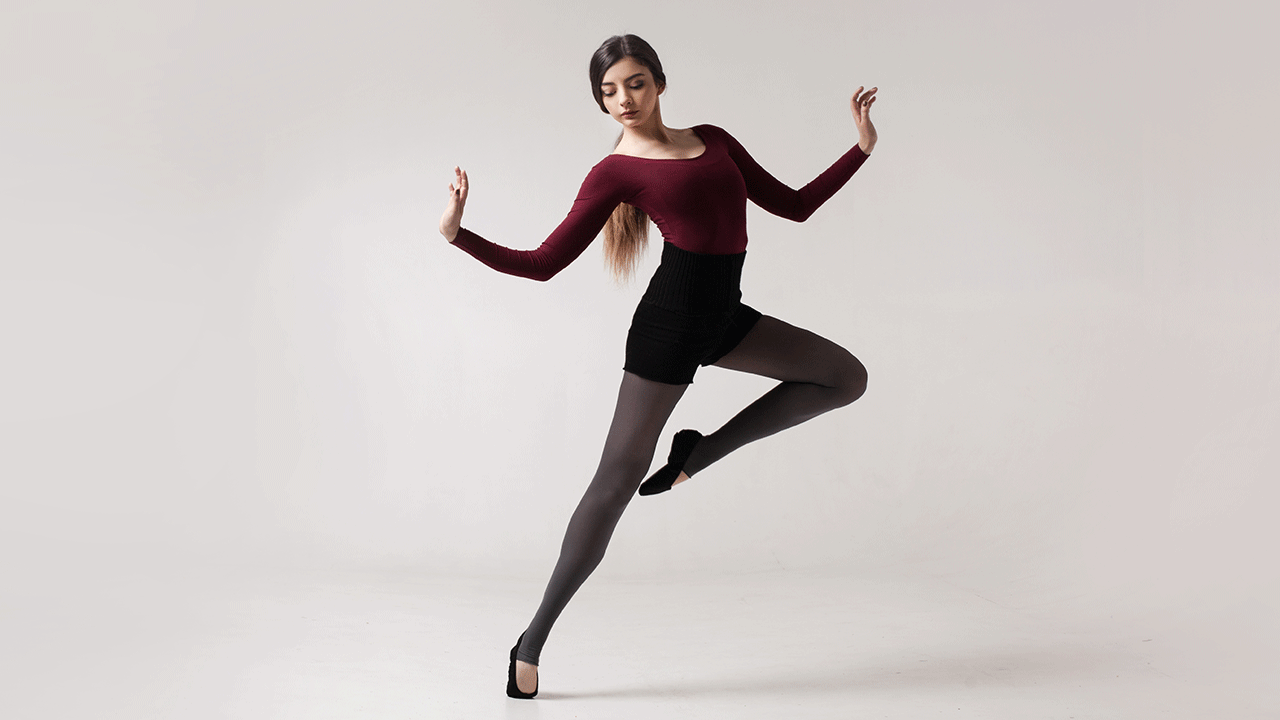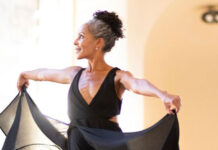
At some point, your goals and motivations as a dancer might lead you to choreograph your own solo routine. This is a fabulous first step toward learning choreography and developing a choreographic style, but before you dive headfirst into developing a routine, you have to consider a few key things:
Pay Attention to Emotion
When you are performing alone, all eyes (and assessments if you are competing) will be on you. Because of this, it is important to add emotive elements to your dance. Use your facial expressions and your movements to compliment the emotions of the song you are dancing to and the story you are telling. If your performance is emotionless, people will be more likely to get bored or have issues connecting to your work.
Pick a Song that Speaks to You
You probably know from previous performances that whatever song you pick is one you will have to listen to over and over again. That makes choosing the right song incredibly important, but what is more important than being able to repeat a song without getting tired of it, is being able to connect to a song. Pick a song that you can communicate with emotionally just by listening to it. That will make communicating with it physically that much easier.
Focus on Your Talents
You can’t just pick any dance moves for your solo performance! They have to be movements that showcase your strength, flexibility, determination, and even your passion as a dancer. Make a list of all of your favorite moves and the moves you are best at performing. Then, narrow those down to the ones that work with your song and the rest of your choreography. Don’t fill your entire routine with your best moves, though. You want to showcase your talents, not show off.
Look for Feedback
Whether it is your first time choreographing a routine or not, it is important to get feedback from others. Perform your routine for a dance teacher, your dance friends, or even your parents, and ask them what they think. Try to focus on what they tell you about how your performance made them feel and what specific elements they focused on, and use their feedback to improve.













